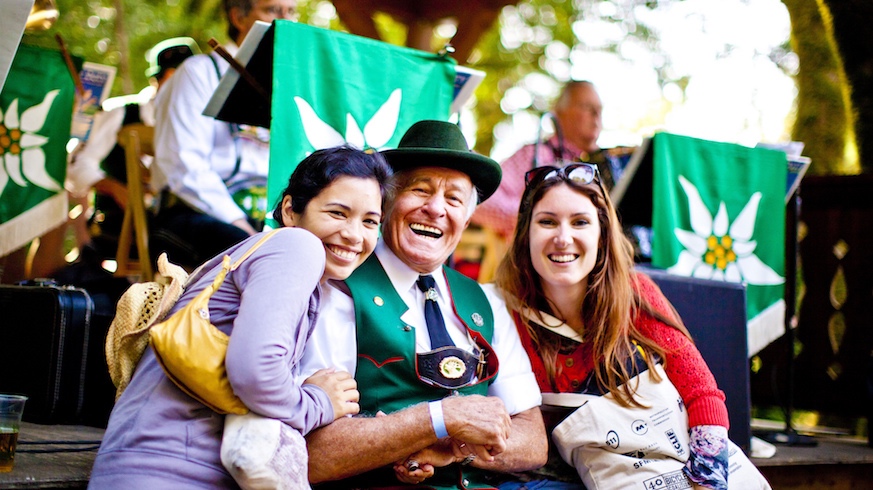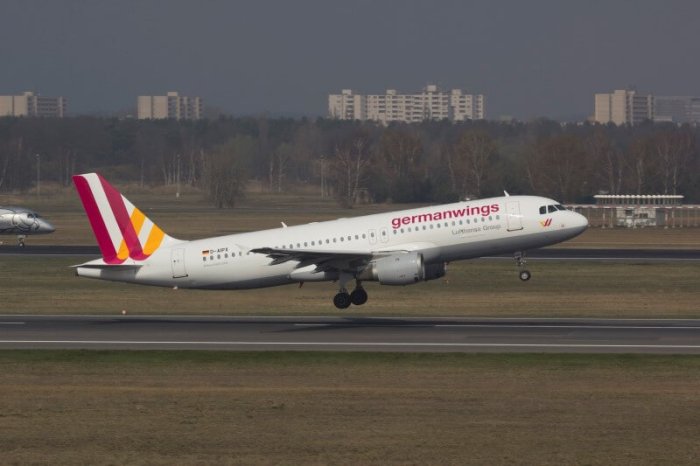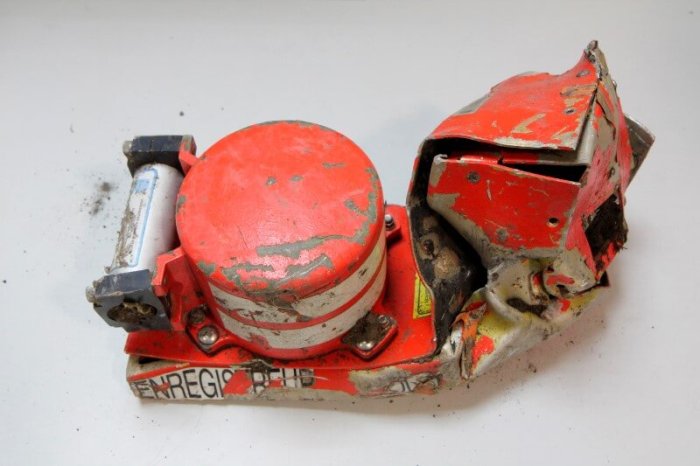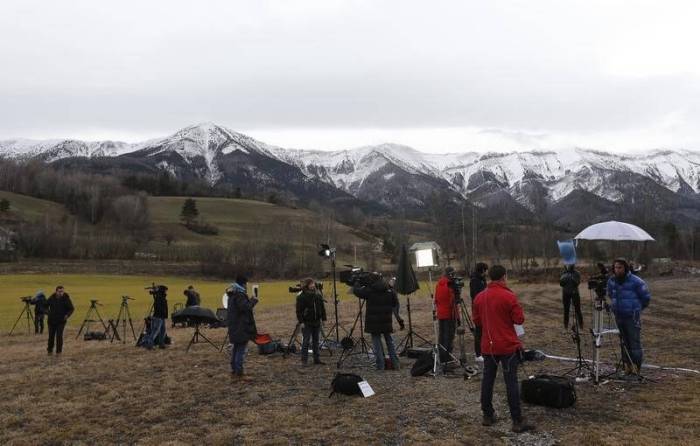Munich’s Oktoberfest is one of the most hotly anticipated events on Europe’s fall calendar with more than six million visitors every year.
In 14 big and 20 small tents, they consume almost 1.5 million gallons of beer and munch their way through over half a million chickens, 280,000 pork sausages and 110 oxen.
Oktoberfest is the epitome of German hospitality, but navigating the local customs while gulping beer for hours can be quite a challenge. Here are our best tips for surviving the world’s largest folk festival.
Choose the Right Outfit
If you want to blend in with the locals, get over your shyness and buy or rent a traditional outfit. Women wear dirndls, a circular cut dress complete with apron and puffy short sleeves. Avoid buying dirndls hitting above the knee, which is frowned upon and will expose you as a tourist right away.
Men wear lederhosen, often in combination with suspenders, calf warmers and Haferl shoes. With alcohol, broken glass and thousands of people in a confined space, this is not the occasion for fancy shoes, and solid footwear is the sensible choice. Dress appropriately for both inside and outside conditions as the tents get very hot the longer the day goes on, but you’ll hit the cold fall air once you leave in the evenings.
Get There Early
If you think Germans are as punctual as the stereotype suggests — you’re absolutely right! Many tables in the most popular tents like Käfer’s Wiesnschänke get booked months in advance.
There is no reason to panic if you haven’t done so yet. In 2013, the rules were changed to give more space for people without reservations. Some tents can sit up to 10,000 people, but you need to get there early to snatch a table. Tents open at 10 a.m. during the week and at 9 a.m. on the weekends.
Sharing Is Caring
Oktoberfest is all about Bavarian Gemütlichkeit. The long wooden tables are communal, so don’t hog a whole one for yourself and make new friends over gulping steins of beer. The locals even have a term for this: Wiesenbekanntschaft, which means “Oktoberfest acquaintance.” These newfound friends will also come in handy when you need a bathroom break as they can save your seat.
Drink Like a German
When ordering a beer, ask for a mass, not a stein (actually called a Bierkrug in German). A mass is 1 liter of beer and the standard measure at Oktoberfest.
Drinking an entire day without getting drunk (or going bankrupt) is quite a challenge, so make each mass last. Hold the beer glass by its handle (with one hand if you can), clank at the bottom, and toast a cheerful “Prost!” Note that the local wheat beer is strong stuff (up to 8 percent ABV).
Should your beverage get warm, it’s OK to tip it out, but never ever consolidate beer. If you need a break from beer, ask for a Radler (beer with lemonade) or alcohol-free sodas. At the end of the day, there will be plenty of Bierleichen, literally translated to “beer corpses,” or the slightly nicer “sleeping drunks” found around the fairgrounds or on Kotzhügel (puke hill).
Respect the Servers
Once you’ve finally made it into the tent and to your seat, you can relax a bit as there is a dedicated server who looks after several tables. Order from her unless you’re standing, in which case, the windows by the kitchen are an alternative. Running around for hours, carrying up to eight full beer glasses and squeezing through tight crowds is a tough job. Keep your hands to yourself, even if you’re just trying to get her attention, and tip generously instead.
Wear Your Dirndl Bow Correctly
Most people will let their hair down during Oktoberfest, and flirting is absolutely fine if you follow some simple rules. Women who choose to wear a dirndl should know that the side on which the apron bow is tied has a special meaning. A dirndl bow to the right means the bearer is attached. If the bow is knotted on the left, it indicates the woman is single, and possibly open to a flirt. Widows and waitresses tie the bow at the back. U
nlike on Facebook, “It’s Complicated” is not a viable option, so make up your mind before donning the traditional dress. Any lederhosen bearer looking for a Wiesenbekanntschaft should stick to left-ribbon ladies to avoid trouble.
Cash Is King
Entrance to the fairgrounds and tents is free, but you’ll need money for everything else from rollercoaster rides to food stalls. Although credit and debit cards exist, the Germans still like to pay mostly in cash. For Oktoberfest, some places will accept credit cards (often with a minimum spend), but bring plenty of cash as a mass of beer will set you back around 10.50 euros ($12.50).
There are some ATMs on the grounds, but the lines will be long. It’s very common to pay a small pfand (deposit) for glasses, plates and silverware, thanks to the mass theft of “souvenirs” in the past. Upon returning the dishes, you’ll get your deposit back.
Learn the Songs (Yodeling Will Work)
Since we don’t expect you to learn German just for Oktoberfest, singing is another way to bond with the locals. In fact, you won’t be able to ignore Ein Prosit der Gemütlichkeit, which is played time and again. Why not simply learn the lines and join in?
Every time the song is played, the whole tent, in unison, will chime “Ein Prosit,” then count 1-2-3, and finish with “G’suffa!” (meaning guzzle — the most important word to remember if you struggle with the lines) before taking a sip in unison. Most tents play traditional Bavarian music, though there have been a number of unusual acts in the past such as a Japanese yodeling performer. If you’re into traditional Bavarian folk dance, head to the Herzkasperl tent.
Get out of the Tents
Munich is the home of Oktoberfest, and everyone should visit at least once. Spread your visit out over three or four days to explore the Bavarian capital and surroundings.
Munich boasts first-rate museums and galleries such as the Alte and Neue Pinakothek, the Deutsches Museum and Nymphenburg Palace.
Get back to nature at the Englischer Garten, one of the world’s largest urban public parks, even larger than New York’s Central Park. Explore Marienplatz, the heart of Munich, with the town hall and other historical 19th-century Gothic buildings.
For a day trip, take the train to Füssen at the end of the Romantic Road and visit Germany’s most famous castle, Neuschwanstein.



















